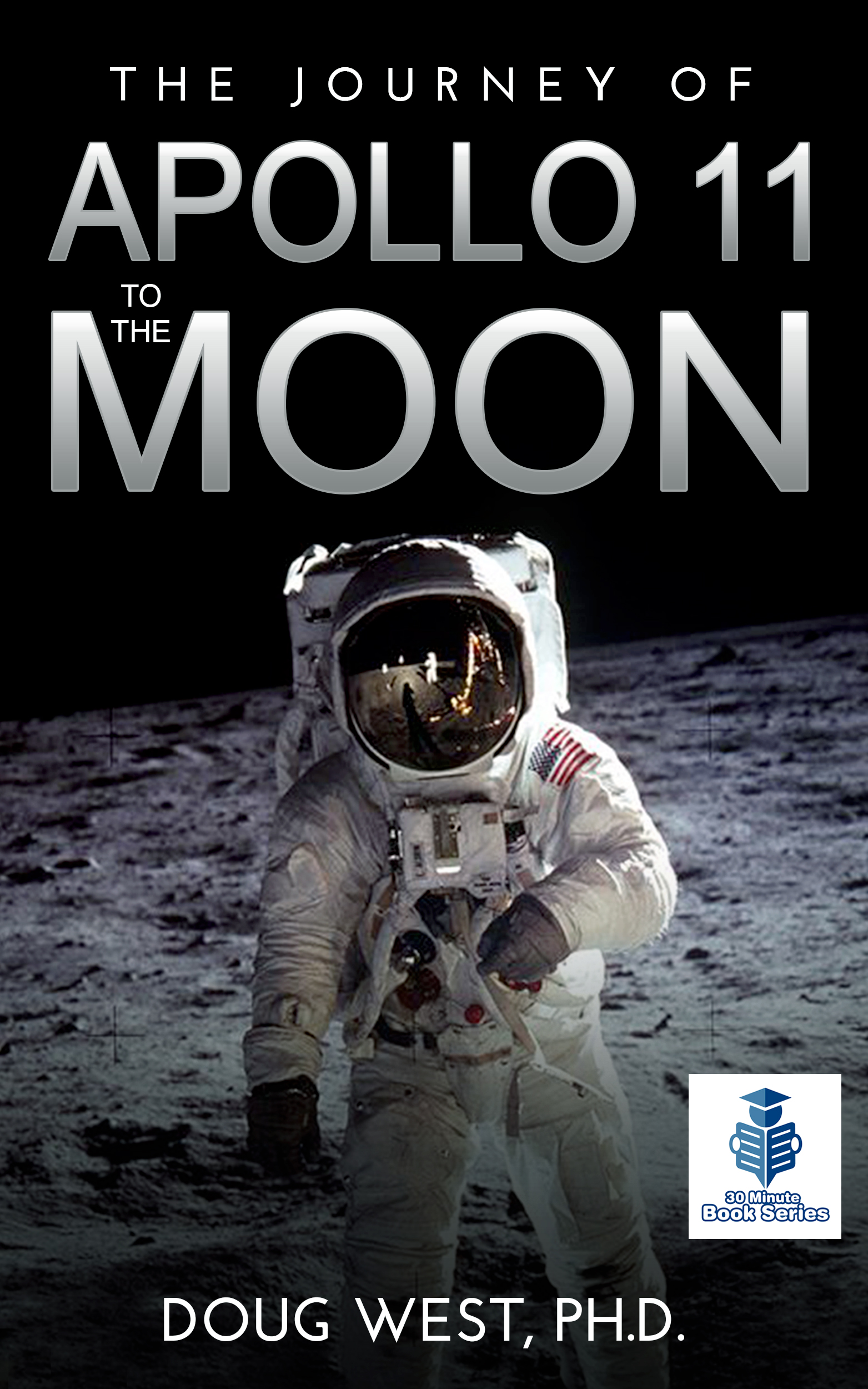
The Journey of Apollo 11 to the Moon
By: Doug West
The fifth manned mission of NASA’s Apollo space program, Apollo 11 took the first human beings to the moon and on an adventure that surpassed even the wildest imagination. 600 million people from all over the world watched as astronaut Neil Armstrong stepped onto the surface of the celestial body that humanity had looked at for eons from what appeared like an insurmountable distance. An expression of the American spirit which proclaims that nothing is impossible, Apollo 11 was a national goal that took the dedicated work of hundreds of thousands of people.
It all started with the Space Race between the Soviet Union and the United States during the Cold War. To move the nation ahead in the area of space exploration, President John F. Kennedy challenged Americans in 1961 to put a man on the moon and return him home safely by the end of the decade. Americans rose to the challenge and on July 20, 1969, the Lunar Module Eagle landed on the moon’s surface, in the Sea of Tranquility. The following morning, Commander Neil Armstrong and Lunar Module Pilot Buzz Aldrin stepped on the moon, where they planted the U.S flag. With the aid of their third crew member, Michael Collins, they safely returned to earth with rich samples of lunar soil and rocks and all mission goals successfully accomplished.
For their role in Apollo 11, Neil Armstrong, Buzz Aldrin, and Michael Collins gained instant fame and are now considered some of the greatest American heroes of all time. Though the three never returned to space they became promoters of space exploration and worked to inspire younger generations.
“The Journey of Apollo 11 to the Moon” reveals one of the greatest adventure stories of the twentieth-century.
